ALICE S. KANDELL | An Exclusive Interview
By Catalin CROITORU
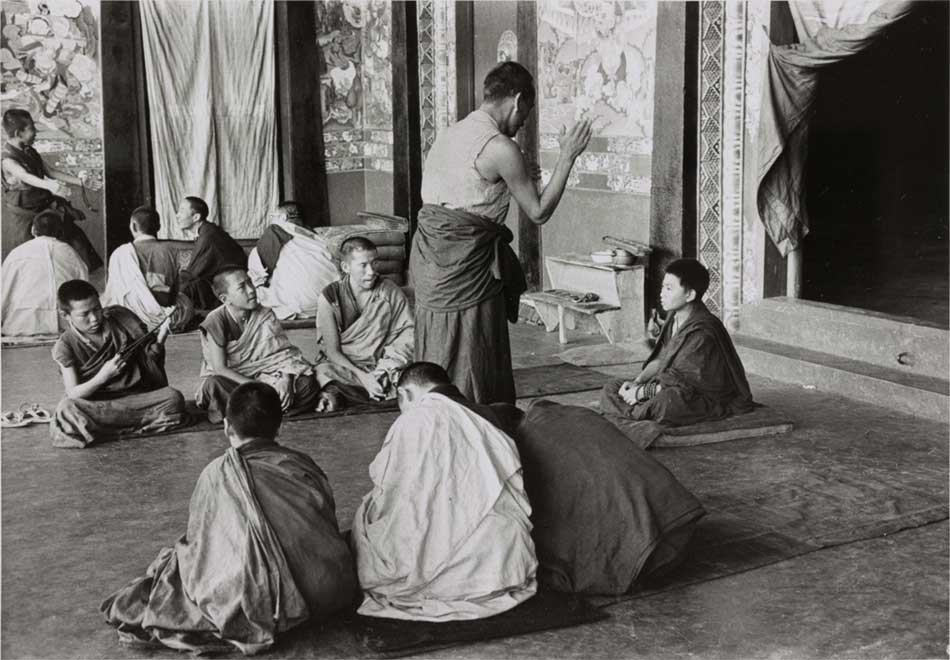
Alice S. Kandell © Library of Congress Prints and Photographs Division Washington
Sikkim | The Lost Kingdom
Alice Kandell first visited the ancient kingdom of Sikkim (now part of India) in 1963 to attend the coronation of her best friend, Hope Cooke (married the Sikkimese King). Alice fell in love with the culture, people, and the art.
At the request of the King, Alice produced two books of photographs on the life and art of the kingdom. Beyond her photographs, Alice has amassed one of the largest Tibetan Buddhist art and artifact collections in the world. Her collection has been documented in two photography books, A Shrine for Tibet: The Alice S. Kandell Collection and Assembly Of The Exalted. A portion of her collection is now housed at The Smithsonian.

Alice S. Kandell © Library of Congress Prints and Photographs Division Washington
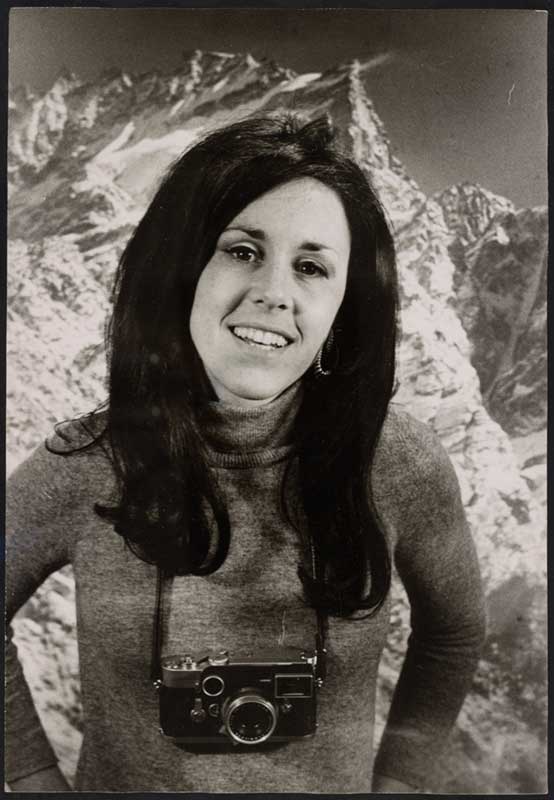
Alice S. Kandell is an American child psychologist, author, photographer and art collector interested in Himalayan culture. She worked extensively in the Indian state of Sikkim as a photographer, capturing approximately 15,000 color slides, as well as black and white photographs. She initially visited Sikkim to attend the coronation ceremony of Hope Cooke, an American woman who married Palden Thondup Namgyal, King of Sikkim.
She is the author or co-author of two books, Mountaintop Kingdom : Sikkim, and a book for children, called Sikkim: The Hidden Kingdom. Her private collection of Tibetan art was covered in A Shrine for Tibet: The Alice S. Kandell Collection of Tibetan Sacred Art, by Marylin Rhie and Robert Thurman, with photographs by John Bigelow Taylor. In 2011, she donated a collection of Tibetan art to the Arthur M. Sackler Gallery at the Smithsonian, and about 300 pictures to the Library of Congress.
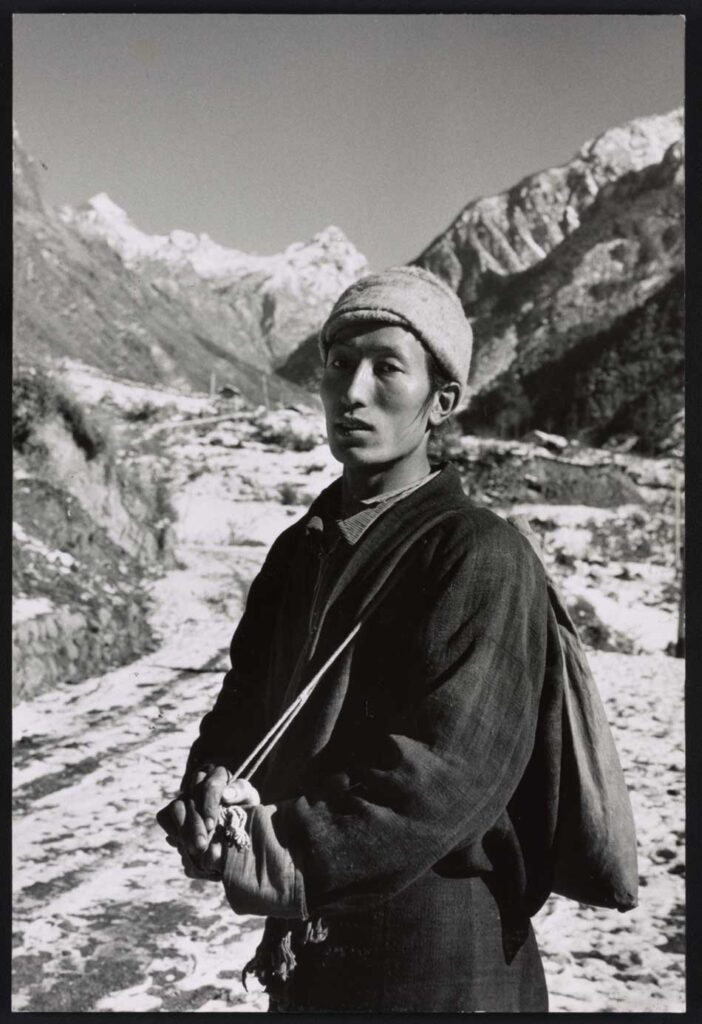
Alice S. Kandell © Library of Congress Prints and Photographs Division Washington
It has half of million inhabitants; its surface is about 7.000 square kilometers, and the land is bordered by the Himalayas and the Tibetan plateau. In the Middle Age, the secret Silk Road to and from China was passing through; until not so long ago, it was a secret kingdom. Now it is a part of India. Sikkim, the lost Kingdom, was given many names: the ancestors used to call it Nye-Mae-El, or “The Paradise”; it was later known as Su-Khim, or “The New House,” while other locals named it Beymul Demazong, “The Hidden Valley Of Rice“… But as for modern times, Sikkim is the common name of this region.
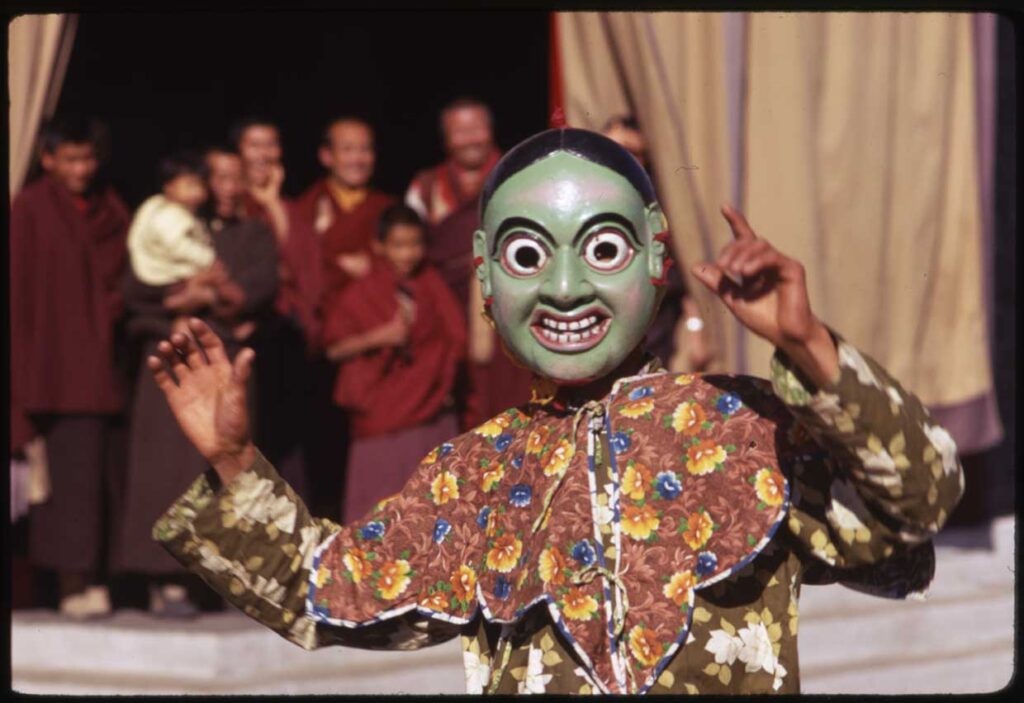
Alice S. Kandell © Library of Congress Prints and Photographs Division Washington
For about a decade, an American woman witnessed the daily life of the country. Her camera took pictures of everything: the kids playing, the rice sellers at the market, the King and the Queen, the royal wedding, portraits of the prince, and of his sister…Alice S. Kandell began her journey as a student and art collector, interested in the Himalayan culture. What started as a vacation in 1965 was ended ten years later, a journey of 15.000 pictures and a vast collection of Tibetan art. Lens Magazine presents to you the incredible memories of Ms. Kandell.
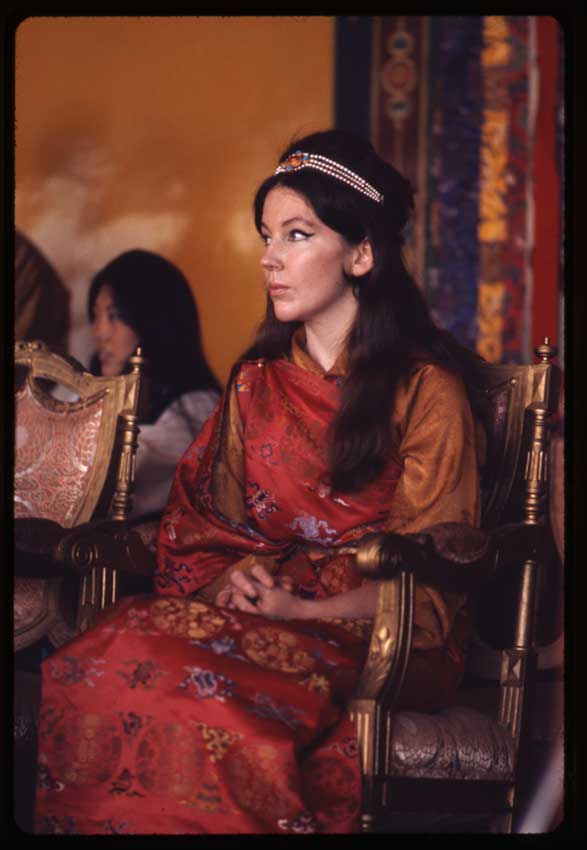
Alice S. Kandell © Library of Congress Prints and Photographs Division Washington
ALICE S. KANDELL | An Exclusive Interview
By Catalin CROITORU
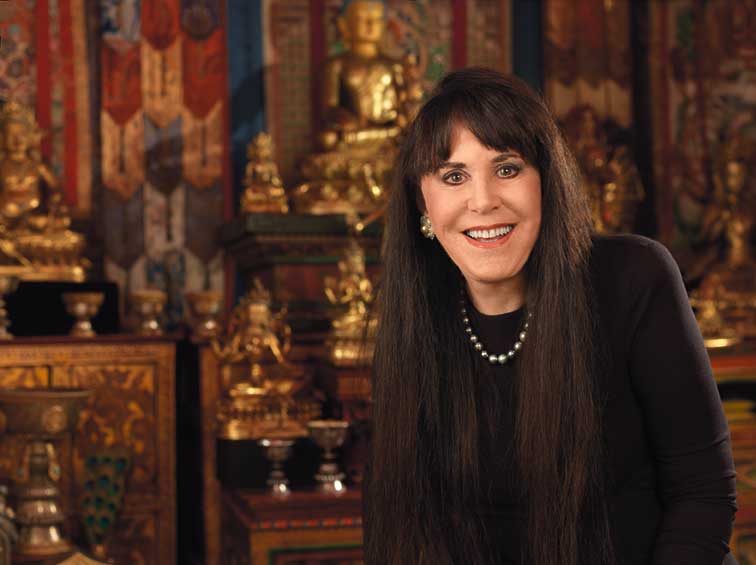
Lens Magazine: Did you like to travel? Did you go on other expeditions or adventures in the wild before you took that fantastic voyage to Sikkim?
Alice Kandell: My father liked to travel and took the family with him. When I was 13, we went to the Yucatán and Chichen Itza, which had a dirt road from Merida, and our hotel had a dirt floor.
I remember a tarantula crawling in on the floor in the middle of the night. We traveled to South America as children.
L.M: Why did you want to travel to that specific part of the world? How did everything begin?
A.K: When I was in college, a professor was taking some girls on a trip to Russia. One of the girls on the trip came to me and asked if I would like to go to Tibet after the trip. I, of course, jumped at the chance and said, “sure.” Little did I know that there was a war going on with China and Tibet. My parents said no. However, my friend, Hope Cooke, wanted very much to go and went alone.
Of course, she did not get to Tibet but was stopped on the border in Darjeeling. There she stayed at the Windemere Hotel.
During her stay, a young man, the crown prince of the neighboring independent kingdom of Sikkim Came to Darjeeling to visit his children in school. He was a widower. His wife had died, and he was left with three children.
They fell in love and got engaged. Soon after they were married.
In the fullness of time, the crown prince’s father passed away, and Hope’s husband was to become king, and her – his queen. There was to be a coronation were Hope Cooke would be crowned the first American queen.
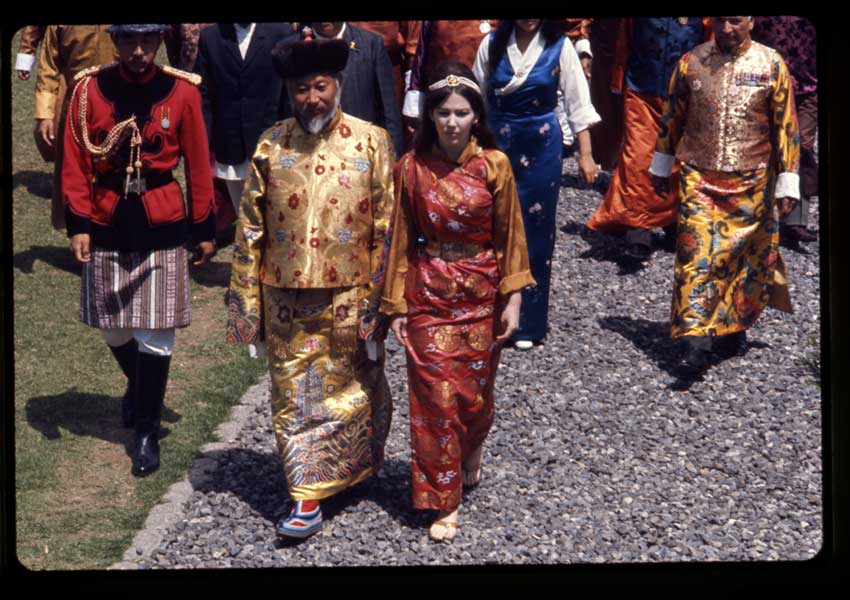
Alice S. Kandell © Library of Congress Prints and Photographs Division Washington
The coronation was to take place in Sikkim. I received an invitation. I was desperate to go. However, I was in graduate school, and professors do not like it when you leave absence. I was so desperate to see my friend crowned the first American queen, that I gathered all my courage and explained to my professor that there was to be a coronation in the Himalayas in a country they had never heard of. The entire story sounded very strange.
However, my professor most wisely said, “When fantasy becomes a reality, a Harvard psychology department member should be there to witness it.” It was hard for me to believe my ears, but I Had permission to travel.
L.M: And once you got there, in that small kingdom bordered by the Himalaya ridges, what did you feel? What were your thoughts and your feelings facing a completely different culture other than the one you had left behind?
A.K: When I arrived in Sikkim, I was overwhelmed by the beauty of the scenery, the blue sky, Mountains of the Himalayas towering over me, the white snow blowing off of the tops of the mountains, the sacred mount Khangdzonga of Sikkim, the pure air, the wonderful pure people, the lovely Lamas, and the religion. I was especially overwhelmed by the beautiful art that surrounded everything. Nothing felt strange, nothing felt foreign, it all felt wonderfully happy and comforting.
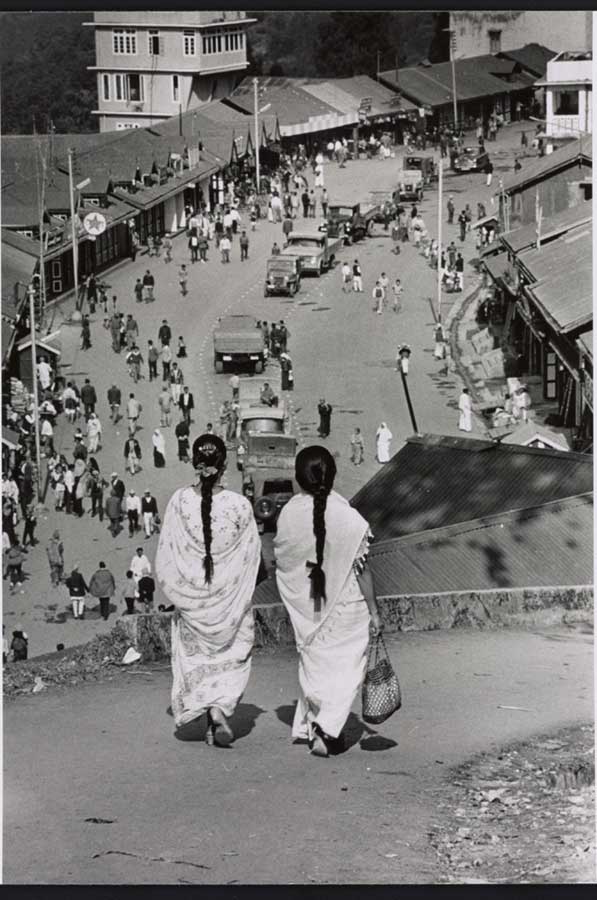
Alice S. Kandell © Library of Congress Prints and Photographs Division Washington
L.M: Hope Cooke, an American woman, became the queen of the Sikkim Kingdom. How did you meet her?
A.K: I met Hope Cooke when we were setting out for a journey to Russia with the group of girls from college.
L.M: Everything in Sikkim was new for you: the weather, the places, the food, the people and their culture. What was the daily life in the kingdom like?
A.K: Sikkim Was a lovely, happy place. The daily life was comforting and pleasant with friendly people. At the time, there was no Internet, no telephones, no television around. People talked to each other, families were close, daily life was a pleasant life. The religion was comforting and accepting.
L.M: You took thousands of pictures, film-roll after film-roll; where did you procure the films you needed being there? And where did you process all of them?
A.K: I started with a Leica M3 with a separate rangefinder. I switched to a Nikon SLR.
I worked with four cameras, depending on the type of film and the length of the lens necessary. It was before digital photography. I used various kinds of color film as well as black-and-white film. I was shooting for books and magazines, and color printing was more expensive for the publishers than black-and-white, so I took both. I used film with several ASA ratings as I was shooting both indoors in dark situations and outdoors with very bright sunlight because of the high altitude. Filters were also necessary.
I brought all my film and equipment with me. There was nothing available in the Himalayas. If they did have a film, it might very well have been compromised. I would travel with about 100 rolls of film. That was a challenge because airports would x-ray the film, and temperatures varied from warm to cold. I had lead containers and plastic containers, but it was still a challenge. I bracketed almost every picture. With digital photography, one can compensate by editing. We did not have that luxury. I brought all my film back to New York. I had my color film developed in a laboratory in New York. It was mostly slides. The black-and-white I did by myself, printing out many of them on my own.
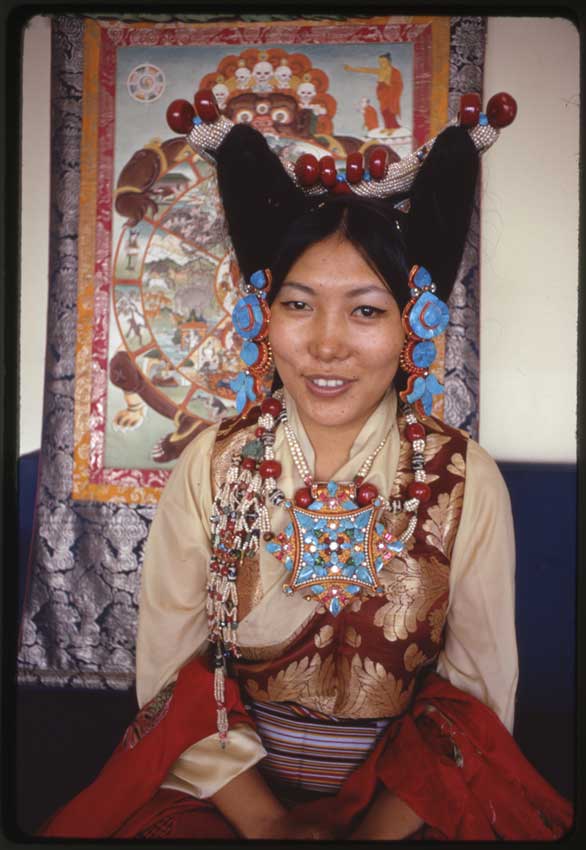
Alice S. Kandell © Library of Congress Prints and Photographs Division Washington
L.M: During the years being there, you have collected not only images but also Tibetan art.
A.K: Sikkim was a Tibetan Buddhist country. It had been part of Tibet many many centuries ago.
I, personally, was overwhelmed by the beauty of the art. However, as it was a Buddhist country, nothing was for sale. Therefore, I returned many times to Sikkim over a period of eight years, visiting my friend and re-adjusting to the way of life there.
I stayed with her family in the Palace and also traveled around the country photographing.
It wasn’t until later when I had children and a family in New York that I started collecting Tibetan objects.
Of course, I loved them and felt comfortable with them, but only later did Tibetan refugees start coming with their religious objects. And I was able to collect them at that time. It was a very slow process as families did not want to lose their religious objects that had been so treasured. They were not considered art or décor. They were necessary objects of devotion.
I tried to place everything in a small shrine to maintain the religious aspect of the country and the religion. Gradually the Collection grew, as I loved every piece I saw.
For the families who needed to let their beloved objects go, I promised they would stay in a sacred space.
I have maintained that promise and kept objects in a Shrine Room. As my collection grew and grew, I realized that it did not belong to me. Great art does not belong to anyone. It belongs to the ages. Tibetan art is beautiful and certainly the finest quality of art, but it truly belongs to the Tibetan people. I really wanted to share it with the public.
In 2010 I donated the entire collection to the Smithsonian museum, Sackler Gallery of Asian art.
They built a room for the shrine room – one that is exactly the same as my room in New York and transported everything as it had been in my room. There were 250 pieces. The Smithsonian did an exquisite job of mounting the shrine room as it was in my apartment and as it would have been in Tibet. The reaction to the shrine room at the Smithsonian was surprising to everyone.
Large crowds gathered, and 300,000 people visited in 4 months. Everyone seems to have been affected, even if only in a small way. People wrote letters to the Smithsonian, Expressing all kinds of spiritual feelings.
The Tibetan shrine room is now on view at the Smithsonian Sackler Gallery of Asian Art for all to see and will be there for a long time. It is open to the public, free of charge, 364 days a year.
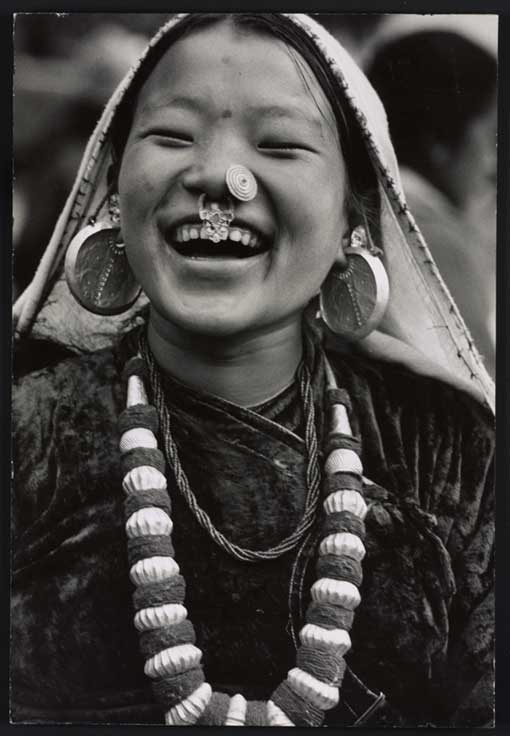
Alice S. Kandell © Library of Congress Prints and Photographs Division Washington
L.M: Did you ever return there? Or do you plan to do so?
A.K: My last trip to Sikkim was in 1979 for the wedding of the princess. Sikkim had been annexed by India in an unfortunate takeover, and I have not been back there ever since. I understand a lot of the lovely Sikkimese way of life is gone, and it is a very Indian state now.
L.M: Has that unique experience changed you or your way of thinking?
A.K: My experience in Sikkim profoundly changed my life in many ways. First but certainly not foremost, the spirituality, the purity, the gentleness of the people awakened me to that human spirit that they possess.
While there, The King had asked me to document the country and their way of life in photography. For that reason (at the same time, I was studying for a doctorate at Harvard), I simultaneously studied photography to complete a book about the country and the way of life. The Photographs from those years of photographing the country not only resulted in two books of photography about Sikkim but awakened in me the joy of shooting, of seeing photographically and the vision of all the love and beauty of the world around me if appropriately framed.
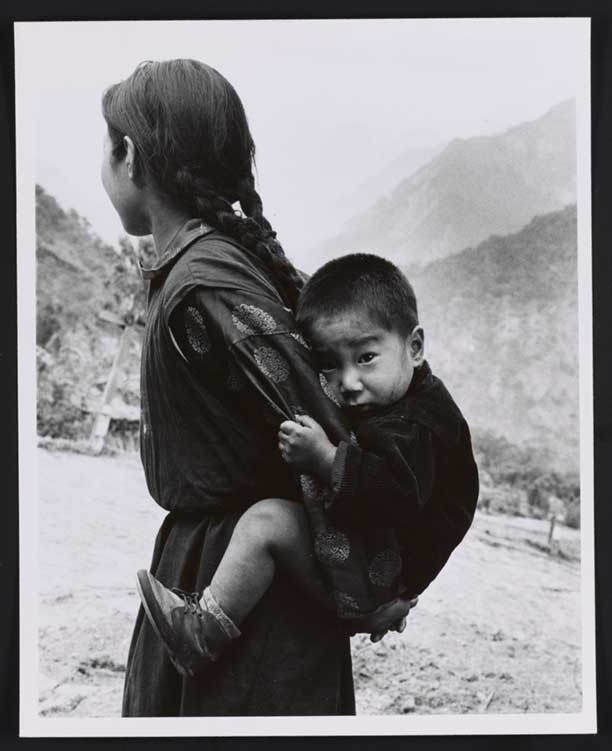
It also helped me learn to tell a story photographically, which I used for the rest of my life for many books of my photographs, which tell stories. The photographs of Sikkim I donated to the Library of Congress for Public Domain are on view online for anyone to see. Since the photographs were put on the Internet, I have received numerous emails from Sikkim’s most remote villages telling me they recognize their granny or their uncle in the pictures. That in itself is rewarding enough. Not only did I practice psychology, but I also published 8 books, for 6 of which I did the photography. The other two were photographs of my collection currently at the Smithsonian. I also published many photographs in magazine articles. Had it not been for my experience in the Himalayas, I would not have become a photographer.
Without those years in the Himalayas, I would never have been exposed to the wonderful way of life Sikkim offered, to the exquisite Buddhist art. I never would have experienced the feeling of needing to share that experience with the world. And now the art is on view for everyone to experience at the Smithsonian Museum. And thousands of my photographs are for everyone to see on the library of Congress website.
www.loc.gov

